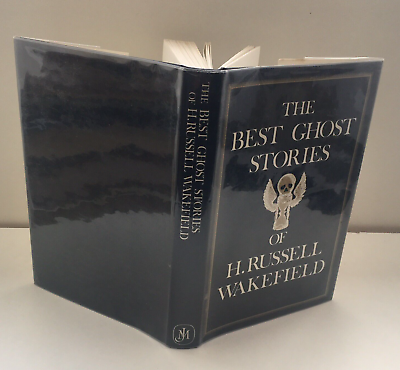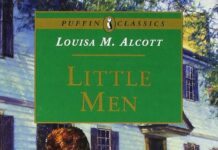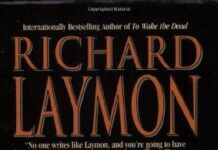In the dim light of the supernatural, where shadows dance and whispers linger, H. Russell Wakefield’s ”Unearthing shadows” beckons the reader into a realm where the ordinary meets the extraordinary. This collection of ghostly tales weaves a tapestry of unease and intrigue, capturing the essence of the spectral and the strange.Each story unfolds like a forgotten memory, evoking a sense of nostalgia for the eerie and the unexplained. As we peel back the layers of Wakefield’s haunted narratives, we encounter not just apparitions and phantoms, but reflections of our own fears and fascinations. In this review, we delve into the nuances of Wakefield’s craftsmanship, exploring how he cleverly intertwines the ethereal with the familiar, inviting readers to traverse the twilight between reality and the unknowable. Join us as we unearth the shadows lurking within these pages, illuminating the path through Wakefield’s haunting inventiveness.
Exploring the Haunting Atmosphere of Unearthing Shadows
In H. Russell Wakefield’s collection of ghostly tales, the atmosphere is as chilling as the whispers of the spirits that inhabit his narratives.Each story unfolds with a meticulous crafting of suspense,drawing readers into environments that are both familiar and unsettling. Wakefield expertly utilizes setting to enhance the eerie ambiance, from the shadowed corners of ancestral homes to the fog-laden streets of sleepy towns. His adept use of descriptive language invites readers to envision:
- Creaky floorboards beneath hesitant feet
- Dim candlelight flickering against the walls
- A silence thick enough to cut through with a knife
The tales are not merely about supernatural occurrences but delve into the emotional landscapes of his characters who wrestle with their own shadows—both literal and metaphorical. As Wakefield conjures vivid images of spectral presences, he also crafts lingering feelings of dread and nostalgia. The intertwining of the mundane with the macabre reveals truths about fear and memory, compelling readers to confront their own unspoken uncertainties. The stories often highlight:
- Forgotten legacies that haunt the living
- Echoes of past decisions reverberating through time
- Personal guilt and loss manifested as ghostly apparitions
At the core of wakefield’s work lies a interest with the unseen—shadows lurking just outside the range of perception, inviting readers to explore the line between reality and the spectral. This duality forms a haunting tapestry that resonates long after the last page is turned. Through an intimate dance with the supernatural, “Unearthing Shadows” not only uncovers phantoms but also invites us to reflect on the shadows within ourselves.
Character Depth in H. Russell Wakefield’s Ghostly Tales
In H. Russell Wakefield’s ghostly narratives, character depth is meticulously woven into the fabric of the supernatural, creating an immersive experience that transcends mere fright. Wakefield’s protagonists are not typical victims or mere conduits for horror; thay are complex individuals grappling with conflicting emotions and moral dilemmas. this depth is frequently enough manifested through their interactions with the spectral occurrences around them, as they balance their mundane realities with the haunting legacies of the past. Key characteristics of Wakefield’s protagonists include:
- Psychological complexity: Characters often face internal struggles that mirror external supernatural conflicts.
- Nuanced morality: Many characters operate in gray areas, challenging readers’ notions of right and wrong.
- Relational dynamics: Interpersonal relationships illuminate deeper motivations and fears, enriching the narrative.
Moreover, Wakefield’s use of backstory provides a robust framework for understanding the characters’ motivations and fears, thus augmenting the eerie atmosphere of his tales. Ghosts, in Wakefield’s stories, do not merely haunt; they reflect unfulfilled desires, past regrets, and unresolved conflicts within the living. Each specter represents a facet of the human experience, urging characters to confront their own shadows. A brief overview of notable characters reveals their intricate narratives:
| Character | Motivation | Supernatural Encounter |
|---|---|---|
| Mrs. Ella Marlowe | Seeking closure for a lost love | Visits from a ghostly suitor |
| John Hargreaves | Desire for redemption from past mistakes | Confrontation with a vengeful spirit |
| Sarah Lightfoot | Struggles with her mental health | Hallucinations that turn real |
The Narrative Craft: Weaving Suspense and Intrigue
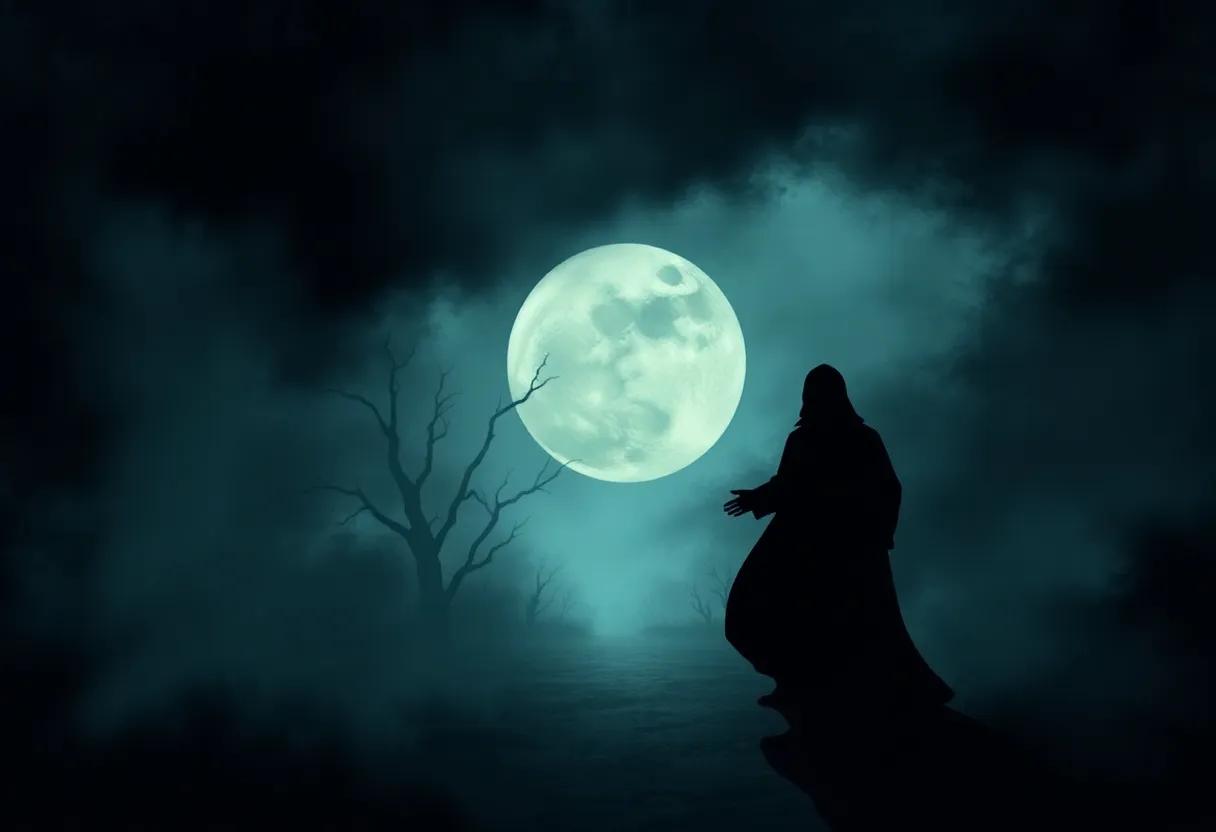
H. Russell Wakefield masterfully crafts his narratives with an intricacy that pulls readers into the depths of psychological unease. Each tale unfolds like a finely woven tapestry, where every thread is imbued with the potential for revelation. Characters are often ordinary individuals, their mundane lives abruptly interrupted by the supernatural. Wakefield’s ability to paint an atmosphere of suspense transforms the familiar into the uncanny,compelling the reader to ponder the unseen forces that lurk just out of sight.Some key elements of his storytelling include:
- Atmospheric Descriptions: vivid imagery enhances the eerie settings.
- Psychological Depth: Characters grapple with their innermost fears.
- Unpredictable Twists: Narratives lead to surprising and often unsettling conclusions.
Through this expertly crafted atmosphere, Wakefield leaves readers in a state of contemplation long after the final page is turned. Intrigue is not merely an accompaniment to the ghostly happenings; it serves as the very essence of his tales. The emotional resonance of his characters’ experiences invites us to reflect on our own encounters with the unknown. A quick glance at the themes explored in his stories reveals a rich landscape of haunting motifs:
| Theme | Description |
|---|---|
| Isolation | Characters often face their fears alone. |
| Memory | Past traumas resurface with ghostly implications. |
| confrontation | Meeting the supernatural challenges perceptions of reality. |
Themes of Mortality and Memory in Wakefield’s Work
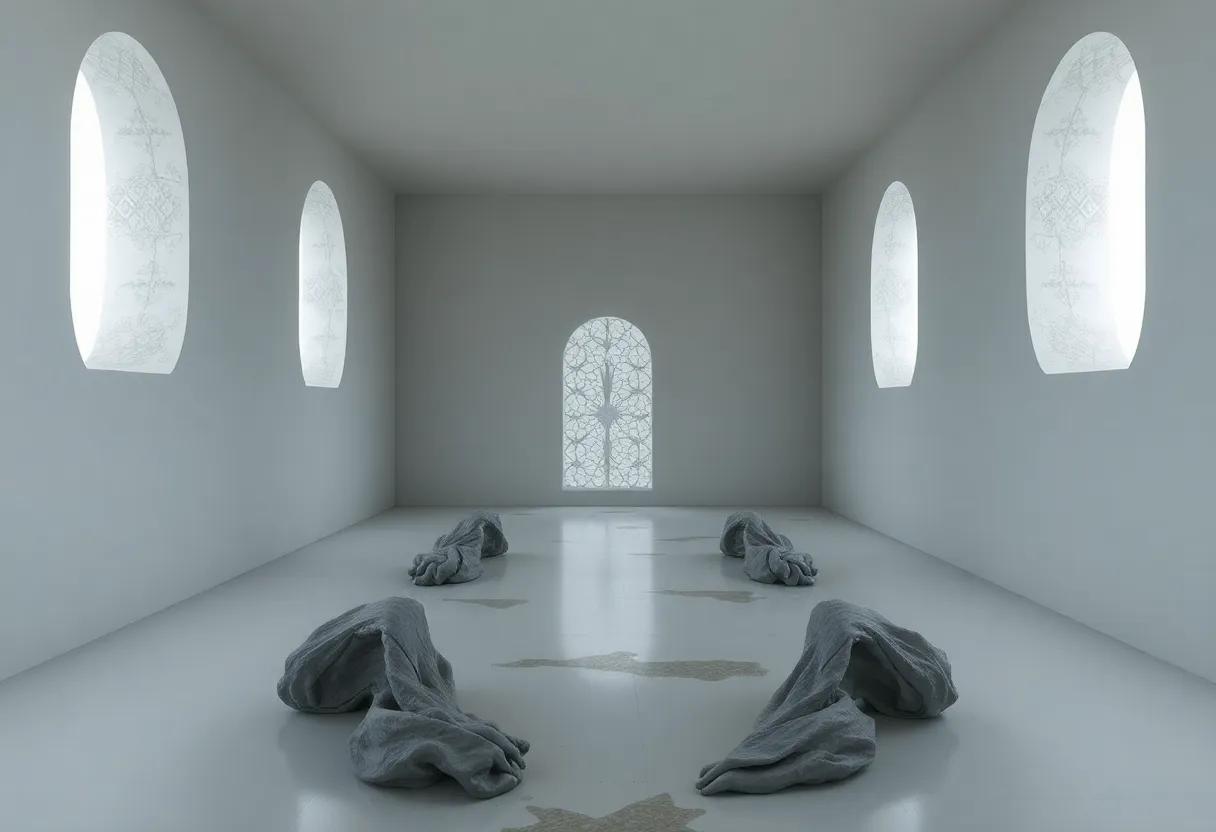
In the intricate tapestry of H. russell Wakefield’s narratives, the themes of mortality and memory weave together seamlessly, creating a haunting exploration of the human experience. His ghostly tales don’t merely recount supernatural occurrences; they delve deep into the psyche, presenting death not as an end but as a reflexive continuum.Characters frequently enough grapple with their pasts, overshadowed by unresolved regrets and reminiscences that haunt them long after their corporeal selves have departed. The spectral elements in wakefield’s stories symbolize the inescapable baggage of memory, showcasing how the past clings to the present like a lingering shadow, reminding us that our experiences shape our essence, even beyond the grave.
Moreover, the portrayal of ghosts in Wakefield’s work echoes society’s fascination with memory and legacy. Rather than merely fearsome apparitions, they often embody the echoes of lives once lived, serving as vessels of memory that resonate with both the living and the dead. This duality is not just a representation of spectral entities but a profound commentary on how mortality lends weight to the importance of memory. Through his poignant narratives, Wakefield invites readers to reflect on their relationship with the past, ultimately proposing that memories, however painful, are crucial to our identity and existence. The following table encapsulates the essence of mortality and memory in his tales:
| Element | Representation |
|---|---|
| Ghosts | Echoes of the past and unresolved memories |
| Death | A reflection of life’s transitory nature |
| Regrets | Fractured connections that haunt the living |
| Legacy | The enduring impact of memories on identity |
A Journey Through time: The Historical Context of the Tales
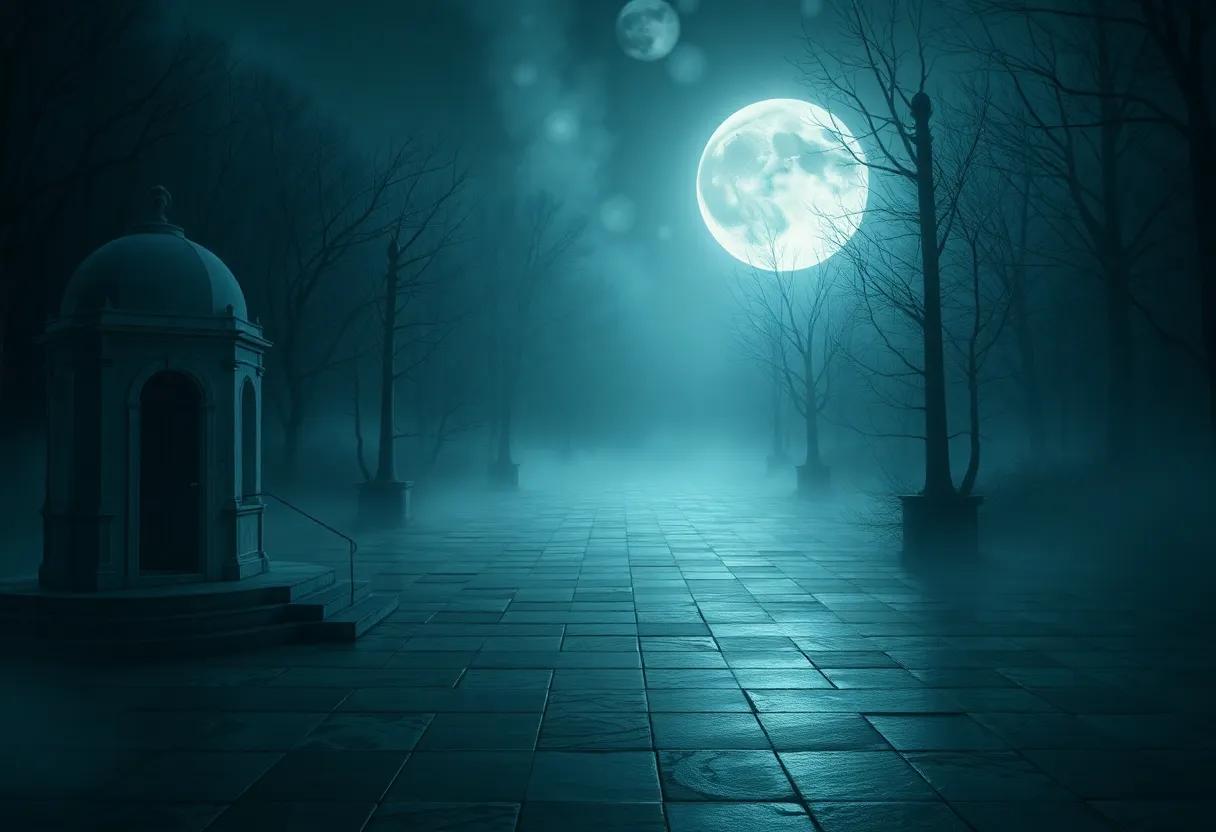
To fully appreciate the spectral narratives woven by H. Russell Wakefield, one must consider the rich tapestry of historical influences that shaped his writng. The early 20th century, marked by a blend of modernity and lingering superstition, served as a fertile ground for ghost stories. Wakefield’s tales emerged during a time when World war I had just ended,leaving society grappling with the trauma of loss and the unknown. The post-war period saw a resurgence of interest in spiritualism and the macabre, as people sought solace and answers beyond the grave. This cultural backdrop imbued his stories with an atmosphere of dread and fascination, reflecting societal anxieties surrounding death and the supernatural.
Moreover,Wakefield’s literary pursuits coincide with a broader movement in Gothic literature,where the exploration of psychological intricacies and the human experience became paramount.His work is interspersed with elements that challenge the boundaries between reality and the fantastical. Key themes include:
- The Unknown: Characters often face inexplicable phenomena that force them to confront their deepest fears.
- Isolation: Many of Wakefield’s protagonists find themselves in secluded settings, amplifying the eerie atmosphere.
- Morality and Consequence: The ghosts in his stories often serve as manifestations of guilt or unresolved issues.
This synthesis of historical context and thematic depth positions Wakefield’s ghostly tales as not only haunting narratives but also as a commentary on the human condition in times of turmoil. They resonate with contemporary audiences, highlighting how the echoes of the past continue to shape our understanding of loss and morality.
The Role of Setting in Creating Uneasy Tension
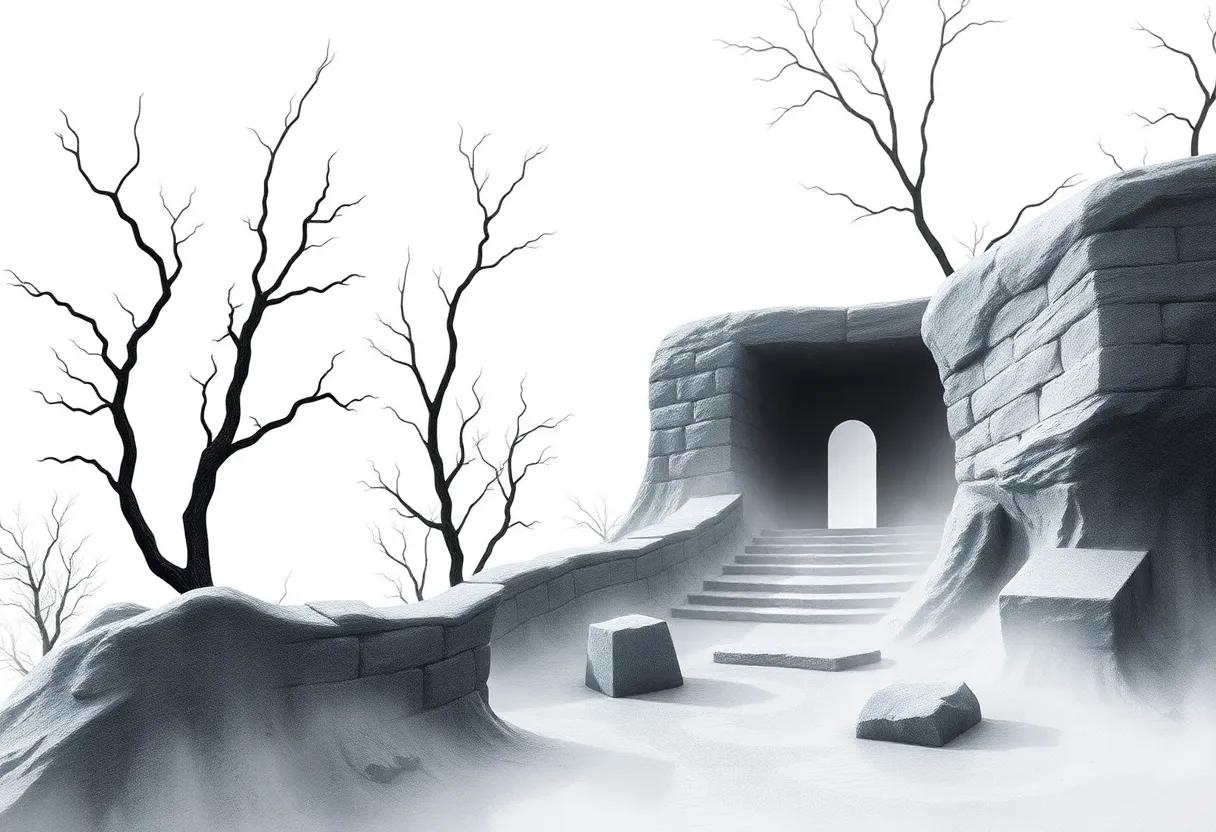
In H. Russell Wakefield’s ghostly tales, the setting transforms into a character in its own right, accentuating the unease that permeates the narrative.The often desolate landscapes and haunted interiors evoke a sense of dread,inviting the reader to explore the shadows lurking in every corner. Wakefield expertly weaves together elements such as:
- Isolation: The characters find themselves in settings that are frequently enough cut off from the outside world, amplifying their feelings of vulnerability.
- Historical Backdrop: An old mansion or a forgotten village becomes steeped in tragic history, adding layers of mystery that linger in the air.
- Nature’s Influence: The natural environment, whether stormy or eerily serene, mirrors the internal turmoil of the characters, creating a palpable tension.
Furthermore, the chilling atmospheres Wakefield conjures often hinge on sensory details that heighten discomfort. Subtle contrasts,such as flickering candlelight against oppressive darkness or the sound of creaking floorboards in an or else silent room,magnify the suspense.Consider the following examples that illustrate how setting influences the mood:
| setting Element | Impact on Tension |
|---|---|
| Abandoned Buildings | Enhances feelings of neglect and danger |
| Foggy Landscapes | Conceals threats, heightening anxiety |
| Stormy Weather | Reflects chaos and emotional unrest |
Through his meticulous attention to setting, Wakefield erases the boundaries between the paranormal and the ordinary, leaving readers in a state of heightened awareness and anticipation.Each location, rife with its own stories and secrets, serves as a catalyst for the unfolding tension, ensuring that the reader remains engrossed in the enigma of the unknown.
Comparative Analysis: Wakefield and His Contemporaries
H. Russell Wakefield stands as a notable figure in the landscape of early 20th-century ghost stories,carving out a niche that reflects both his unique stylistic choices and the thematic preoccupations of his time. Unlike many of his contemporaries, who frequently enough leaned into overt supernatural elements, Wakefield possessed a subtler approach. His narratives frequently reveal a deep psychological exploration of fear,focusing on the eerie ambience and character introspection. In contrast,writers like M.R. James and Algernon Blackwood were more inclined towards the dramatic and often sensationalized hauntings.A comparative analysis with these authors reveals a spectrum of ghostly encounters, where Wakefield’s understated terror often lingers in the reader’s mind long after the final page is turned.
Moreover, the thematic undercurrents in Wakefield’s work resonate with the philosophical inquiries of his contemporaries, such as Henry James and his exploration of ambiguous reality. Where Henry James crafted narratives that often blurred the lines between reality and delusion, Wakefield’s tales retain a more defined supernatural element but still provoke similar existential questions. A brief overview of these writers illustrates the various trajectories in ghost storytelling during this era:
| Author | Style | Themes |
|---|---|---|
| H. Russell Wakefield | Subtle, Psychological | existential Fear, Isolation |
| M.R. James | Dramatic, Ominous | Classic Hauntings, Moral Lessons |
| Henry James | Ambiguous, Reflective | Reality vs. Illusion, Psychological Conflict |
In reflecting on these differences, one notices a captivating dialog across their works. Wakefield’s innovative blend of the ghostly with human psychology allows readers to probe deeper into their understanding of fear and the unknown. His techniques have encouraged later writers to explore similar themes, setting a precedent for ghost stories that prioritize atmosphere and internal conflict over mere fright. the shadows cast by wakefield and his contemporaries reveal much about the early 20th century’s cultural landscape, providing layers of meaning that continue to allure and intrigue audiences today.
Impact of Psychological Realism in Ghostly Encounters
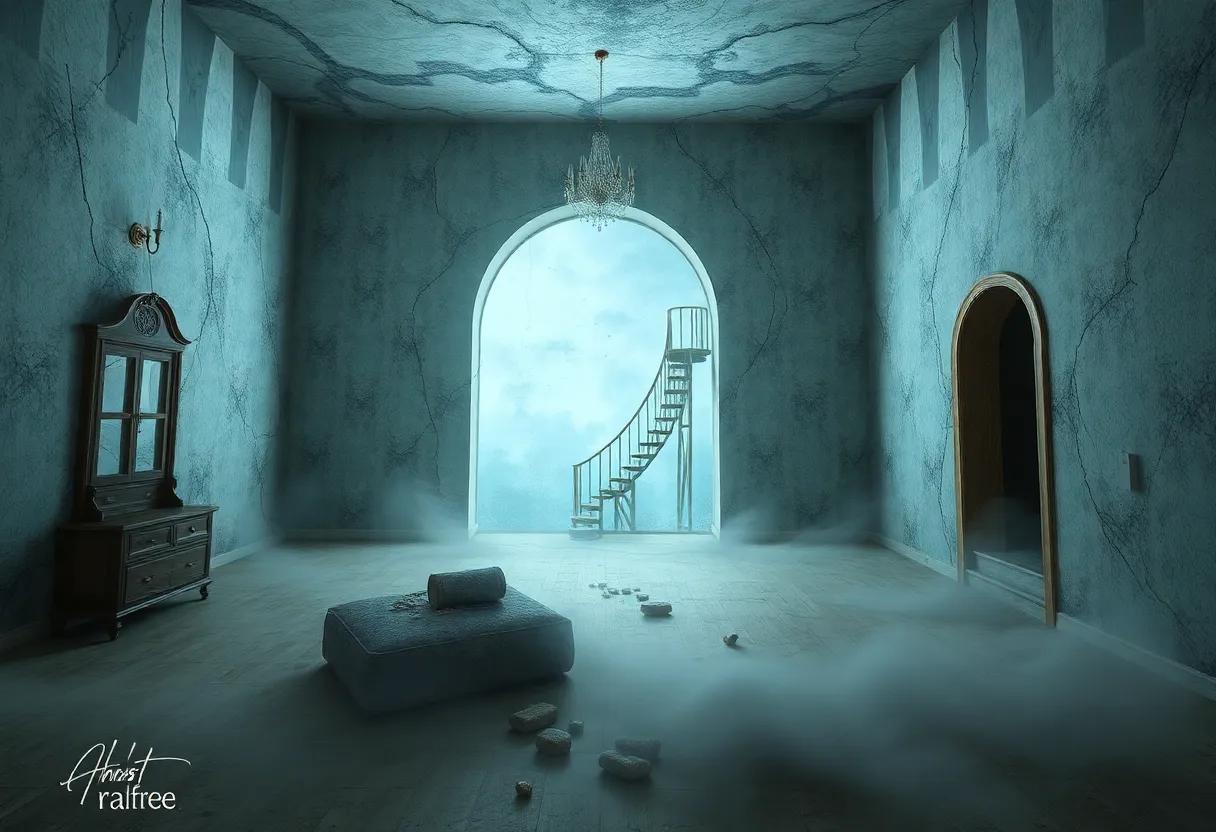
H. Russell Wakefield’s masterful use of psychological realism in his ghostly encounters allows readers to navigate the delicate interplay between fear and fascination. By crafting deeply layered characters, Wakefield illuminates the human psyche, revealing how past traumas and personal hauntings manifest in the supernatural realm. His protagonists are not merely victims of their spectral adversities; rather, they are complex individuals whose inner turmoil is as potent as the ghosts that pursue them.This technique fosters a profound sense of empathy within the audience, inviting an exploration of the emotional landscapes that often remain unexamined.
Wakefield’s nuanced portrayal of ghostly entities blurs the line between the real and the imaginary. The psychological motivations behind supernatural occurrences invite readers to ponder questions such as:
- What drives a ghost to linger in the mortal realm?
- Can personal guilt and unresolved issues manifest as spectral phenomena?
- How do our fears shape our perceptions of reality?
This engagement with psychological realism transforms the ghost story genre into a profound commentary on human experience, inviting audiences to confront their own shadows as they traverse Wakefield’s chilling narratives.
Illustrative Techniques: Imagery and Symbolism in Unearthing Shadows
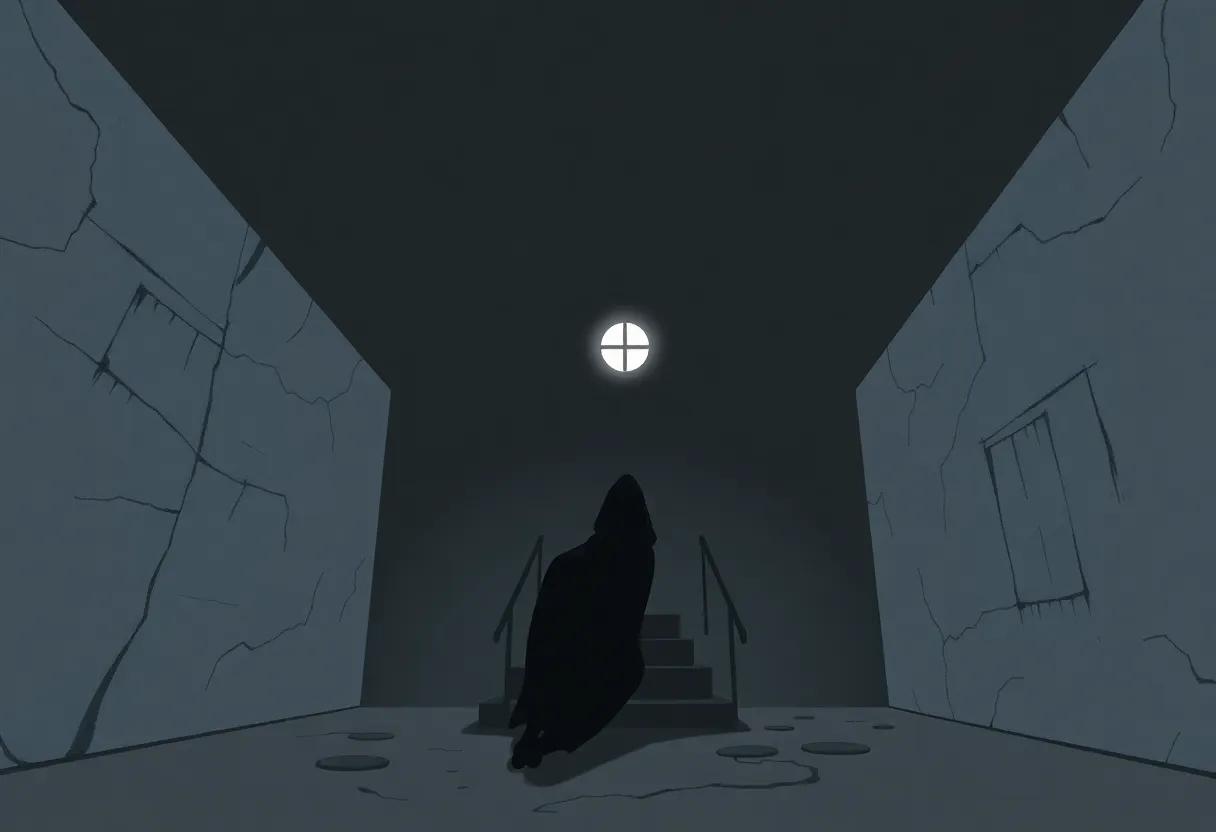
H. russell Wakefield masterfully wields imagery to evoke an ethereal atmosphere in “Unearthing Shadows.” His use of descriptive language paints vivid landscapes that linger in the reader’s mind, establishing a haunting ambiance that is both inviting and unsettling. Consider how he employs natural elements—trees that seem to whisper secrets, shadows that stretch and contort in the moonlight, and rooms steeped in dust, embodying the weight of forgotten stories. Each setting serves as a character in its own right, adding depth and complexity to the narrative. Readers are drawn into a sensory experience where every sound, smell, and sight amplifies the anticipation of encountering the supernatural.
Furthermore, Wakefield’s strategic use of symbolism elevates his tales beyond mere ghost stories to explorations of the human condition. Objects such as mirrors and locked doors symbolize unresolved traumas and the barriers we erect to confront our fears. Ghostly apparitions often embody the past’s haunting nature, acting as reminders of unresolved grief or guilt. This duality not only enriches the narrative but invites readers to ponder their existential dilemmas. The paranormal in wakefield’s works becomes a metaphorical lens through which we can examine our own shadows, making his stories resonate with profound emotional depth.
The Reception and Legacy of Wakefield’s Ghostly Tales
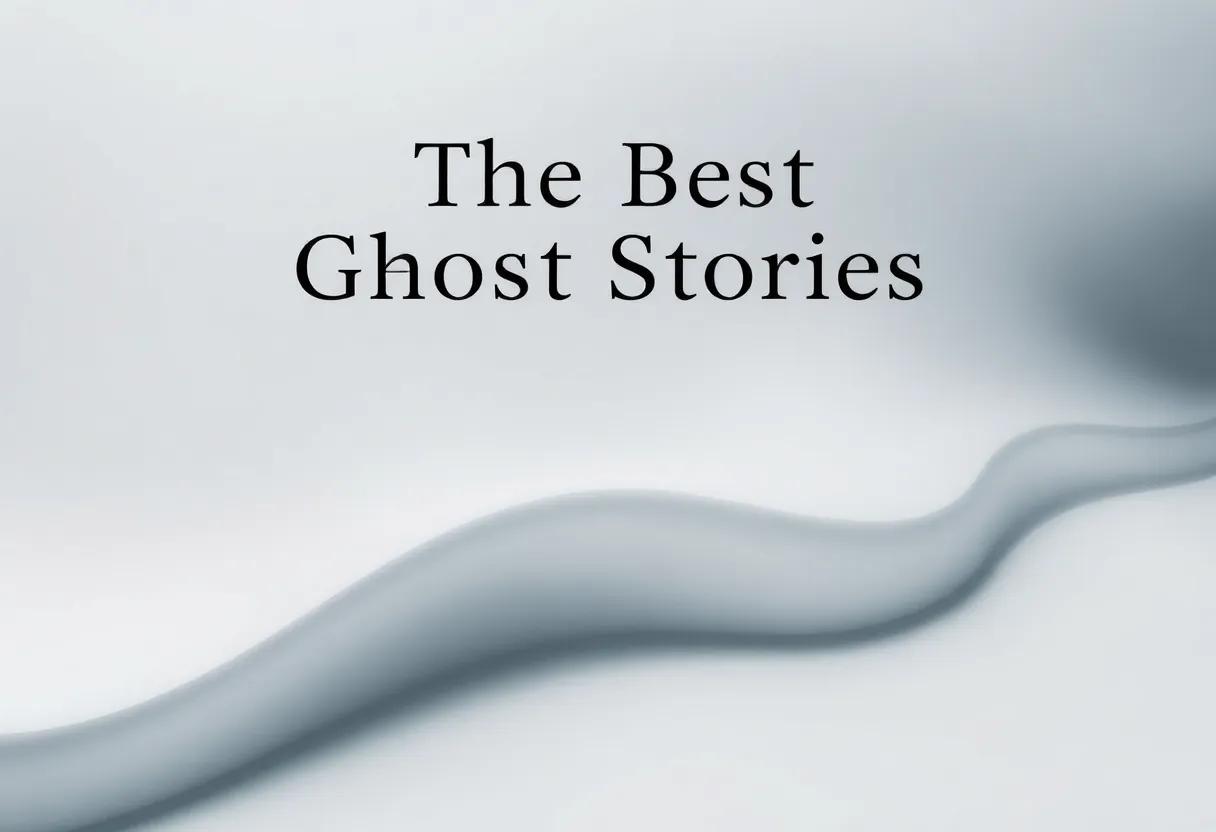
Upon their initial publication,Wakefield’s ghostly tales were met with a varied reception,reflecting the complexities of early 20th-century literature. Critics praised his masterful use of atmosphere and tension, often noting how he adeptly employed the supernatural to explore the darkest corners of human psychology. readers found themselves captivated by his uniquely crafted narratives, which intertwined the mundane with the spectral. Notably, his stories challenged the conventions of horror and the supernatural, setting a precedent for future authors in the genre. The following elements highlight the initial impressions of his work:
- Atmosphere: Rich, immersive depictions of eerie settings.
- Characterization: Deeply flawed protagonists navigating their fears.
- Narrative Style: A blend of subtlety and suspense that engages the reader.
- Thematic Depth: Exploration of guilt, morality, and the uncanny.
Over the years, the legacy of wakefield’s contributions has only grown, solidifying his place within the pantheon of ghost story writers. His influence can be traced through numerous works that echo his thematic preoccupations and stylistic choices. Contemporary authors often cite Wakefield as a pivotal figure, whose ability to blur the lines between reality and the supernatural inspires a new generation of storytellers. His tales have become a critical point of reference, highlighting key characteristics of the ghost story genre. A brief overview of his lasting impact includes:
| Impact Area | Description |
|---|---|
| Literary Influence | Inspired modern horror narratives and psychological thrillers. |
| Genre Evolution | Helped shape contemporary ghost and supernatural fiction. |
| Academic Study | His works are frequently analyzed in literary courses. |
Engagement with Readers: Inviting Reflection and Interpretation
As we delve into the chilling depths of H. Russell Wakefield’s tales, we invite you to explore your own interpretations and reflections.What resonates with you as you wander through the echoes of his ghostly narratives? Consider these intriguing aspects:
- The Psychological Shadows: how do Wakefield’s characters mirror our own fears and anxieties?
- The Nature of the supernatural: What do you believe the ghosts in his stories represent in the context of human experience?
- Personal Connections: which stories evoke memories or emotions from your own life?
Engagement is a two-way street; therefore, we encourage you to share your thoughts with fellow readers. In the spirit of discussion, you might even ponder the connections among these tales. Such as, a simple comparison can reveal fascinating insights.Consider the table below, which highlights recurring themes among wakefield’s stories:
| Story Title | Theme | Symbolism |
|---|---|---|
| The Red Room | Isolation | Fear of the unknown |
| Mrs.Bunch’s Ghost | Regret | The weight of past decisions |
| The Last Confession | guilt | the inevitability of truth |
reflect on these elements as you navigate through Wakefield’s spectral realm. Your engagement is essential to unearthing the layers of meaning hidden within these haunting tales.
Recommendations for Fans of Gothic and Supernatural Literature
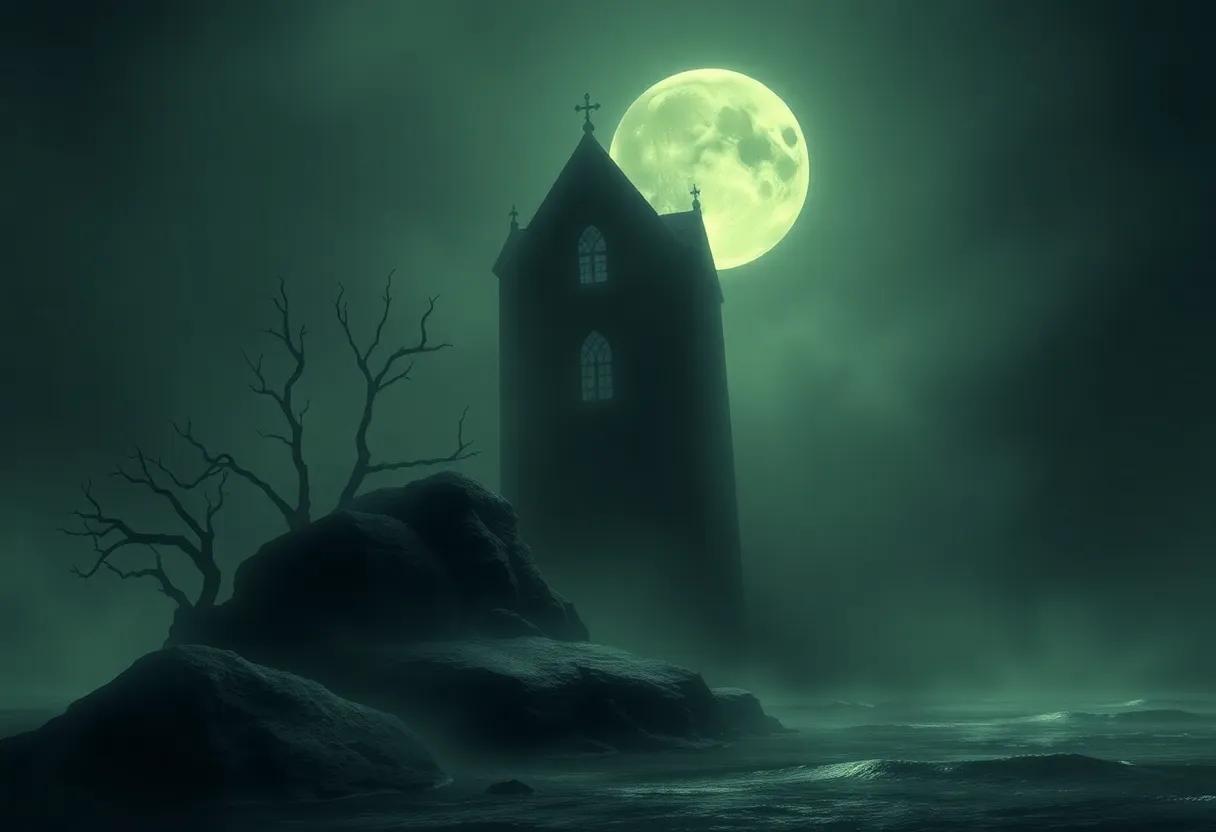
Fans of Gothic and supernatural literature will find a plethora of gripping tales that echo the eerie charm of H. Russell Wakefield’s work. To dive deeper into the shadows and explore the sinister and the strange, consider exploring the unsettling depths of the following authors and their timeless tales:
- M.R. James – Known for his masterful ghost stories that bring an unsettling atmosphere to the mundane.
- Shirley Jackson – With classics like “The Haunting of Hill House,” her works explore psychological horror intertwined with supernatural elements.
- Algernon Blackwood – Often praising the natural world, his tales reflect both beauty and terror, a hallmark for fans of the genre.
- marina Warner – Delve into her contemporary retellings of fairy tales and myth, which often hold darker truths beneath their surface.
If you wish to further enrich your literary journey, here’s a quick comparison of some key themes found within these authors that resonate with Wakefield’s narratives:
| Author | Common Themes | Notable Works |
|---|---|---|
| M.R. James | Ghosts,Antiquity,Religious Doubt | “Oh,Whistle,and I’ll Come to You,My Lad” |
| Shirley Jackson | Isolation,Psychological Fracture,Fear of the Unknown | “We Have Always Lived in the Castle” |
| Algernon Blackwood | Nature,The Sublime,Cosmic Horror | “The Willows” |
| Marina Warner | Gothic Reimaginings,Feminism,Myth | “Once Upon a Time” |
The Enduring Influence of H.Russell Wakefield on Horror fiction
H. Russell Wakefield’s contributions to the realm of horror fiction have left an indelible mark, influencing a myriad of authors and shaping the genre in profound ways. His unique approach to supernatural storytelling,often characterized by a haunting elegance,offers a juxtaposition of the ordinary and the eerie. Wakefield’s masterful use of atmosphere invites readers to explore the unseen, making the mundane extraordinary. Notably, his tales frequently feature:
- Psychological Depth: Delving into the human psyche, he places characters in delicate balances between fear and reality.
- Subtlety Over Gore: Wakefield’s preference for suggestion over explicit horror has paved the way for a subtler narrative style.
- Complex Morality: His stories often explore the nuances of right and wrong, leaving readers questioning their own values.
The legacy of Wakefield resonates within the fabric of modern horror, inspiring contemporary authors to embrace a similarly nuanced flair for the supernatural. His knack for crafting memorable and unsettling settings can be seen echoing through various literary works and adaptations. To further illustrate this impact, the following table presents noteworthy authors influenced by Wakefield’s style:
| Author | Notable Work | Connection to Wakefield |
|---|---|---|
| Shirley Jackson | The Haunting of Hill House | Explores psychological horror with an emphasis on atmosphere. |
| Ramsey Campbell | The Influence | Focuses on the unsettling and the ghostly in seemingly normal settings. |
| Algernon Blackwood | The Willows | Utilizes nature’s eerie aspects in storytelling, reminiscent of wakefield’s style. |
The Way Forward
“” delves into the intricate tapestry of Wakefield’s spectral narratives, inviting readers to traverse the liminal space between reality and the supernatural. As we close the pages of this exploration, we find ourselves both intrigued and unsettled, much like the characters who linger in Wakefield’s haunted corners. His tales serve not only as a mirror reflecting our deepest fears but as a window into the artistry of storytelling itself. Whether you approach these ghostly encounters with skepticism or open-minded curiosity,Wakefield’s ability to evoke a chilling atmosphere deserves notation. The shadows he conjures may remain ungraspable,yet they persist in haunting us long after the final word has been read. So, as you turn the last page of this review, are you ready to unearth your own shadows? The echoes of Wakefield’s ghosts await in the dimly lit recesses of your imagination.

